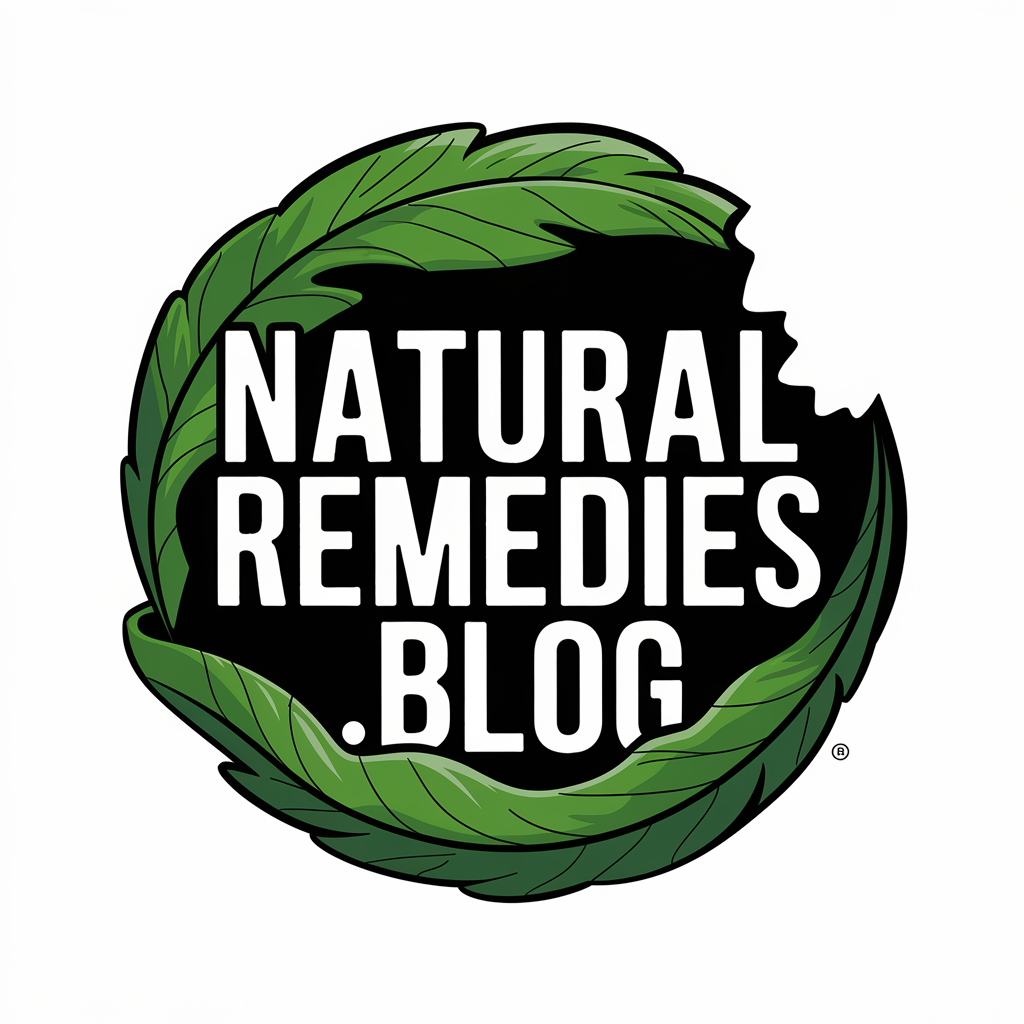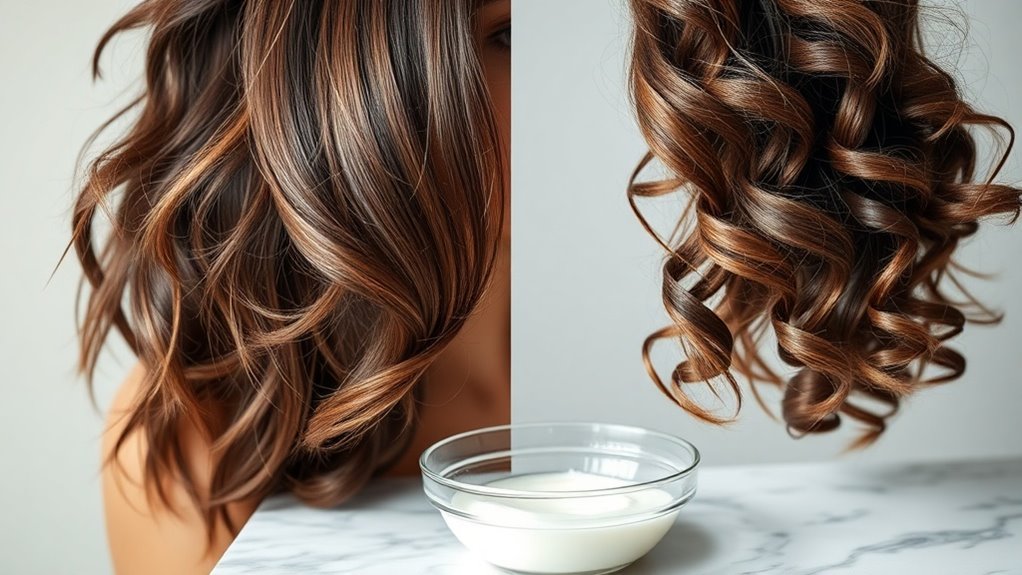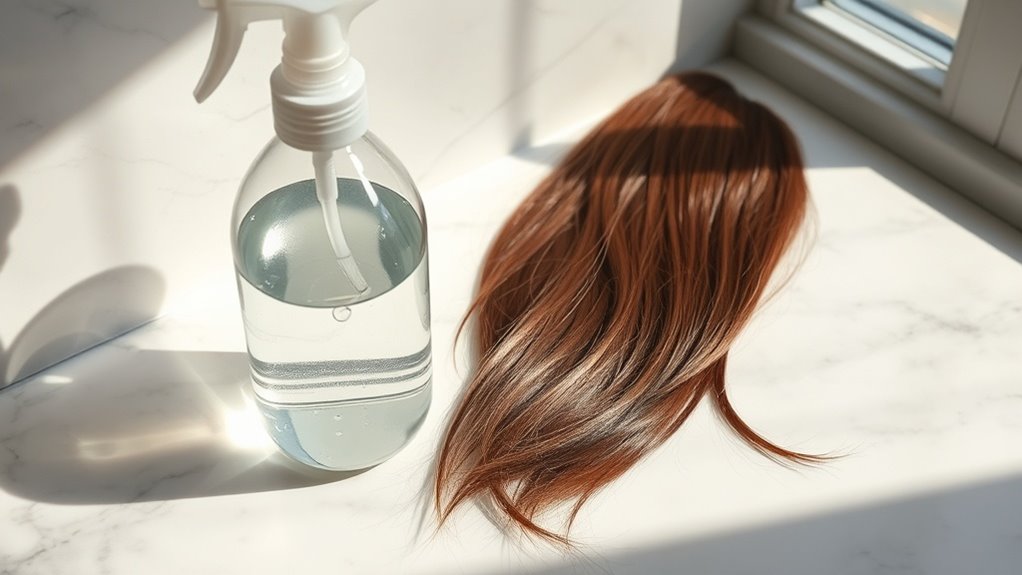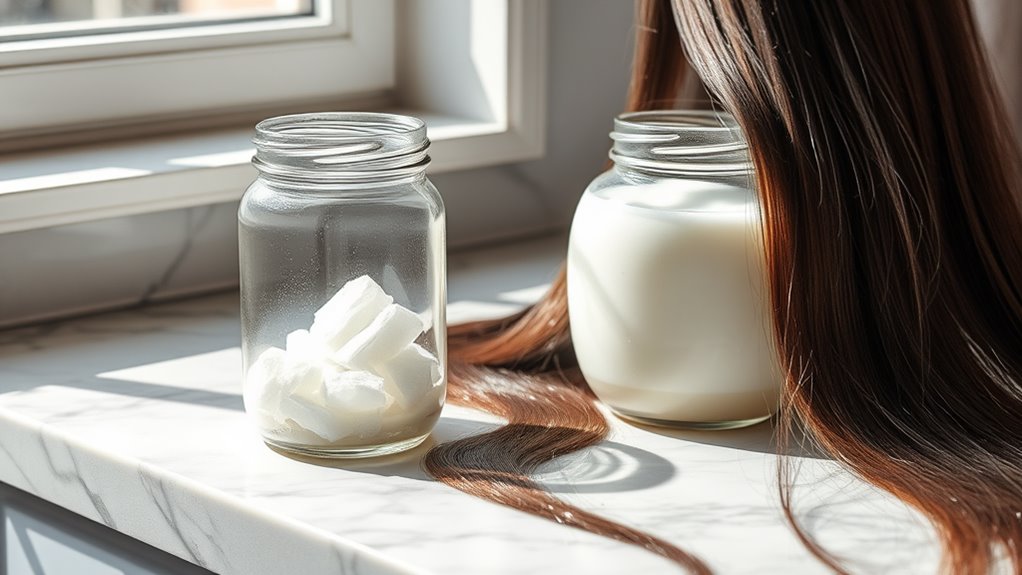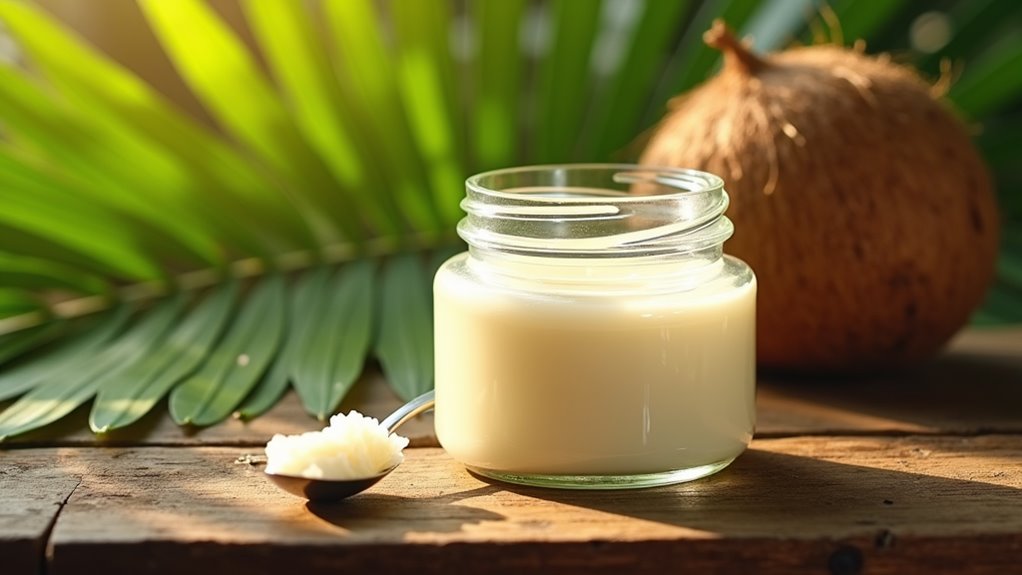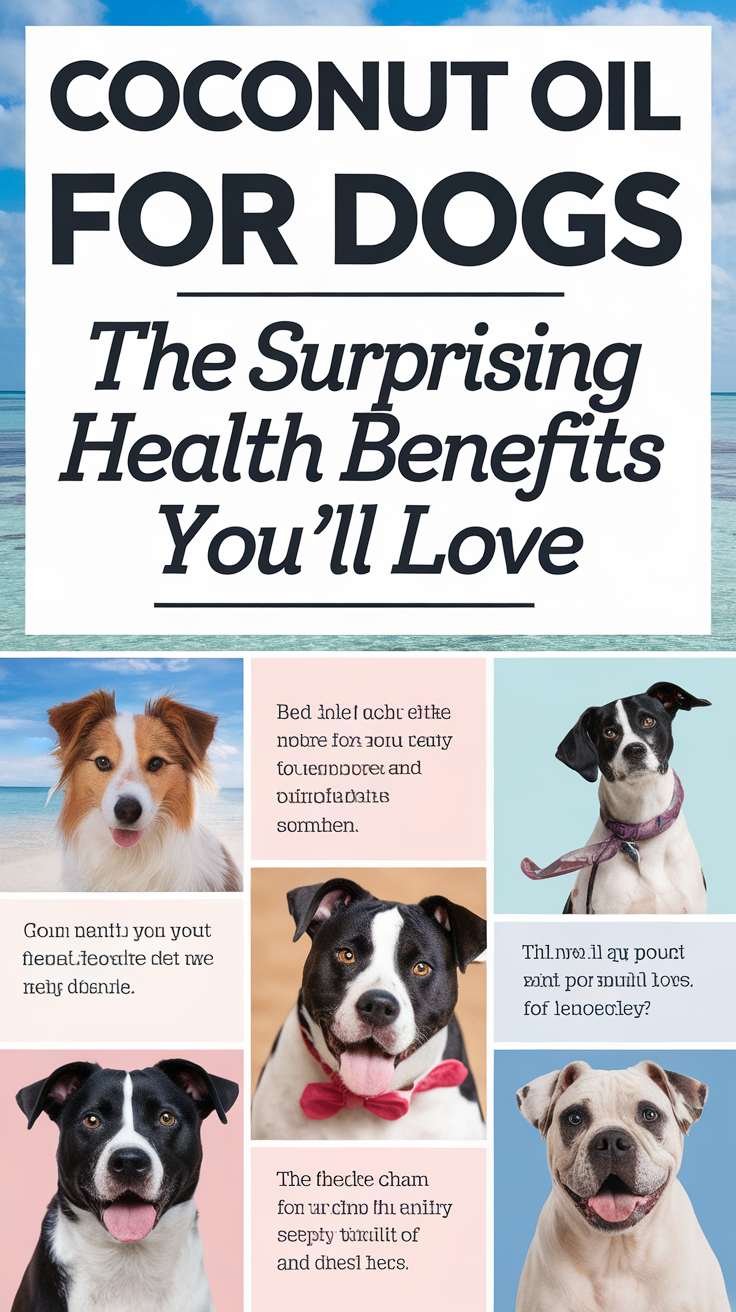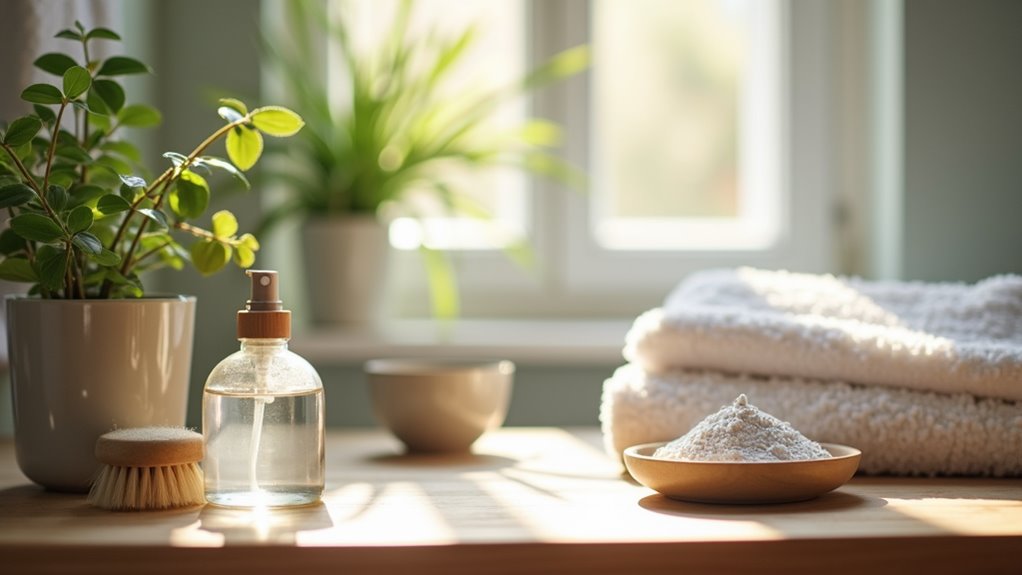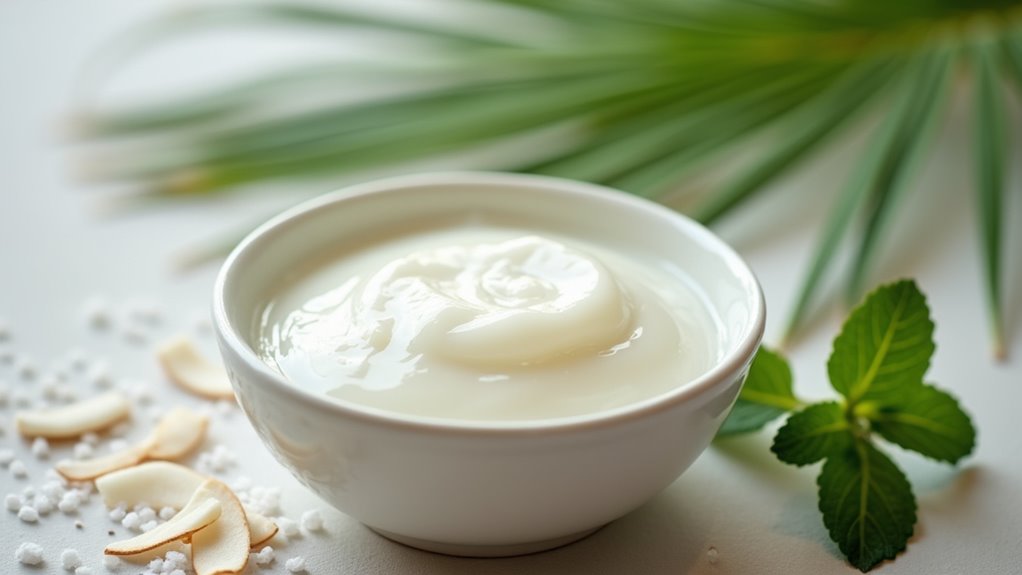Frizzy Hair No More- My Go-To DIY Fix
Understanding Frizzy Hair: Causes and Triggers
Frizz occurs when the hair’s cuticle layer lifts, allowing moisture to penetrate the cortex and cause individual strands to swell. Your hair’s porosity level determines its susceptibility to environmental humidity, with highly porous strands being more prone to frizz.
Common triggers include thermal damage, chemical processing, and mechanical stress from brushing.
When exploring frizzy hair remedies, it’s crucial to understand that lack of protein, compromised lipid barriers, and insufficient moisture balance contribute to cuticle disruption. Additionally, incorporating coconut oil as a natural solution can help tame frizzy hair effectively.
Weather conditions, particularly high dew points, exacerbate frizz by creating an osmotic effect where water molecules are drawn into the hair shaft.
Essential Tools and Ingredients for Your Anti-Frizz Arsenal
To combat frizz effectively, you’ll need essential styling tools like a microfiber towel, ionic blow dryer, and natural-bristle brushes in your arsenal.
Your ingredient toolkit should include potent natural anti-frizz elements such as argan oil, shea butter, and botanical serums that penetrate the hair shaft and seal the cuticle.
Heat protectant sprays, creams, or oils are non-negotiable components that form a protective barrier between your strands and thermal styling tools, preventing moisture loss and subsequent frizz formation.
Must-Have Hair Tools
Building an effective anti-frizz toolkit requires specific styling equipment designed to combat unruly hair.
You’ll need a microfiber towel to minimize friction during drying, and a wide-tooth detangling comb to prevent breakage. Invest in an ionic blow dryer with multiple heat settings and a cool-shot button to seal the cuticle.
A boar bristle brush helps distribute natural oils while smoothing the hair shaft. Complete your arsenal with a ceramic-plated flat iron featuring adjustable temperature controls and floating plates.
These professional-grade tools work synergistically to create a sleek, frizz-free finish while maintaining hair integrity.
Natural Anti-Frizz Ingredients
While synthetic products dominate store shelves, nature provides powerful ingredients that effectively combat frizz at the molecular level. You’ll find these botanical compounds can penetrate the hair shaft and restructure damaged cuticles.
| Ingredient | Properties | Application |
|---|---|---|
| Argan Oil | Omega-3, Vitamin E | Pre-styling serum |
| Shea Butter | Fatty acids, minerals | Deep conditioning |
| Coconut Oil | Medium-chain triglycerides | Overnight treatment |
| Aloe Vera | Proteolytic enzymes | Leave-in moisturizer |
These plant-derived ingredients work by creating a protective lipid barrier while delivering essential nutrients directly to your hair’s cortex, reducing moisture loss and preventing hydrogen bonds from causing frizz.
Heat Protection Products
Since thermal styling remains a primary culprit behind frizzy, damaged hair, incorporating heat protectants into your routine becomes essential for maintaining hair integrity.
You’ll need silicone-based thermal sprays that create a protective barrier up to 450°F. Look for formulations containing cyclomethicone or dimethicone, which seal the cuticle and prevent moisture loss.
For maximum protection, apply a heat-activated serum with quaternary ammonium compounds pre-styling. These cationic ingredients bond to damaged areas, reinforcing the hair shaft.
Supplement with leave-in products containing hydrolyzed proteins and ceramides to fortify strands against thermal stress.
My Favorite Homemade Hair Mask Recipe
You’ll maximize your frizz-fighting results by combining nutrient-rich ingredients like avocado, coconut oil, and raw honey in precise ratios to create an effective hair mask.
The proper application technique requires sectioning your hair into quadrants and systematically distributing the emulsion from roots to ends.
Following the prescribed preparation methods and timing guidelines will ensure optimal penetration of the active compounds into your hair shaft’s cuticle layer.
Ingredients You’ll Need
To create this highly effective anti-frizz hair mask, gather these essential ingredients: 1 ripe avocado, 2 tablespoons of virgin coconut oil, 1 tablespoon of raw honey, and 3 drops of lavender essential oil.
Each ingredient serves a specific purpose: avocado’s oleic acid and monounsaturated fats penetrate the hair shaft, coconut oil’s lauric acid reduces protein loss, honey acts as a natural humectant to lock in moisture, and lavender oil’s antimicrobial properties maintain scalp health while adding a calming aroma. You’ll also need a blender or food processor to achieve the optimal consistency for application.
Simple Step-By-Step Instructions
Making this professional-grade hair mask requires precise steps for optimal results.
You’ll need to follow these techniques precisely to achieve maximum frizz control and strand restoration.
-
Emulsify the raw honey and coconut oil in a double boiler until they reach 120°F, then remove from heat and whisk until fully incorporated.
-
Fold in your room-temperature avocado purée until you achieve a smooth, lump-free consistency.
-
Apply the mask to pre-dampened hair in sections, focusing on mid-lengths to ends using a tinting brush.
-
Cover with a processing cap and let the formula penetrate for 30 minutes under medium heat.
Step-by-Step Application Guide
Begin your frizz-fighting treatment by thoroughly cleansing your hair with a sulfate-free shampoo and following with a hydrating conditioner. Post-shower, apply a cuticle-sealing serum to damp strands, focusing on mid-lengths to ends. Distribute product using a wide-tooth comb for even application.
| Time | Temperature | Action |
|---|---|---|
| 0 min | Cool | Section hair |
| 5 min | Warm | Apply serum |
| 10 min | Medium | Diffuse roots |
| 15 min | Low | Style ends |
Proceed with microfiber towel-drying using downward motions to maintain cuticle alignment. For optimal results, implement indirect heat styling while maintaining 6-8 inches of diffuser distance from strands. Complete with cold shot to lock in smoothness.
Best Natural Oils for Taming Wild Strands
Natural oils serve as potent emollients for managing unruly hair texture and reducing frizz-inducing environmental factors.
Your hair’s cuticle layer readily absorbs these nutrient-rich compounds, creating a protective barrier against humidity while restoring elasticity and shine.
-
Argan oil’s high concentration of vitamin E and fatty acids penetrates the hair shaft, providing deep moisture without weighing strands down.
-
Coconut oil’s lauric acid content helps prevent protein loss while sealing the cuticle and promotes skin’s natural protective barrier.
-
Jojoba oil’s molecular structure mimics your scalp’s natural sebum, balancing oil production.
-
Marula oil’s antioxidants combat free radicals while improving strand manageability.
Daily Hair Care Routine That Works
While natural oils provide foundational nourishment, a targeted daily maintenance protocol will amplify their frizz-fighting benefits. You’ll need to implement a systematic approach that addresses cuticle alignment and moisture retention.
| Time of Day | Action Steps |
|---|---|
| Morning | Silk pillowcase maintenance, microfiber towel blotting |
| Midday | Humectant-based refresher spray, finger-coiling |
| Evening | Pre-poo treatment, protective styling |
Prioritize porosity-specific products and maintain consistent wash day intervals. Don’t over-manipulate strands when wet, as this disrupts the cuticle matrix. Instead, focus on sealing methods that lock in moisture and prevent hydrogen bonds from breaking.
Lifestyle Changes for Better Hair Health
Beyond topical treatments and styling methods, optimal hair health demands a comprehensive lifestyle approach that addresses internal factors affecting keratin production and scalp homeostasis.
You’ll need to implement key modifications to your daily regimen to combat frizz at its source.
- Maintain consistent hydration levels with 2-3 liters of water daily to support cellular regeneration.
- Consume biotin-rich foods and omega-3 fatty acids to strengthen hair follicles.
- Practice stress-reduction techniques to regulate cortisol levels that impact sebum production.
- Get 7-9 hours of quality sleep to optimize hormone balance and cellular repair cycles. Incorporating medium-chain fatty acids into your diet may also help protect against hair breakage.
Seasonal Adjustments for Year-Round Control
Depending on the climate and season, your hair’s moisture equilibrium requires strategic recalibration to maintain optimal frizz control. You’ll need to adjust your hair’s protein-moisture balance quarterly.
| Season | Humidity Level | Treatment Protocol |
|---|---|---|
| Spring | Moderate | Lightweight oils + anti-humectants |
| Summer | High | Heavy sealants + protein treatments |
| Fall | Variable | Clarifying + moisture balance |
| Winter | Low | Deep conditioning + emollients |
| Transition | Changing | Reset treatments + porosity check |
Monitor your hair’s porosity levels and deploy targeted interventions as atmospheric conditions fluctuate. Incorporate weatherproofing agents and adjust product ratios accordingly to maintain cuticle alignment throughout seasonal transitions.
Tips to Maintain Results Long-Term
Achieving long-lasting frizz management requires strategic maintenance beyond your seasonal protocols.
You’ll need to implement these proven techniques to maintain your hair’s cuticle integrity and moisture balance.
-
Schedule bi-weekly deep conditioning treatments with protein-moisture balanced formulations to maintain optimal porosity levels.
-
Use a silk or satin pillowcase to minimize friction-induced cuticle disruption during sleep.
-
Apply leave-in thermal protectants before any heat styling to prevent moisture loss.
-
Incorporate regular clarifying treatments to remove build-up that can compromise your anti-frizz regimen’s effectiveness.
Remember to document your hair’s response to adjust application frequency as needed.
